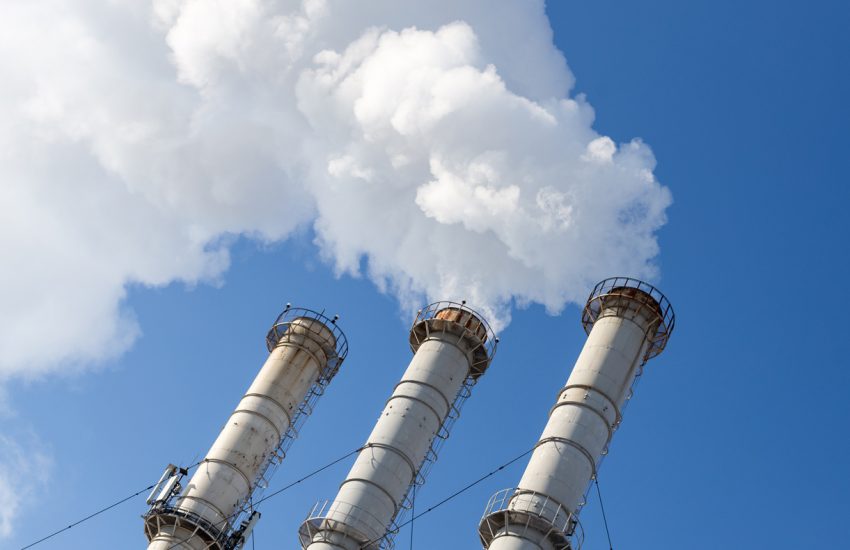On April 29, 2022, the U.S. Environmental Protection Agency officially suspended the ban on sales of gasoline blends with a higher concentration of ethanol. This suspension came two weeks after President Biden’s vow to lift the ban in order to counteract the increased gas prices attributed to Russia’s incursion into Ukraine. The suspension went into effect on May 1.
E15, or fuel with 15% ethanol, is traditionally banned during the warmer months—June through October—in an effort to combat the production of smog. In the current …
Continue Reading









